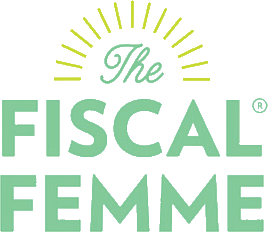What’s Equal Pay Day?
In 2020, March 31 is Equal Pay Day in the United States, which means that women have to work all the way until today in 2020 to earn what a man did in 2019.
In other words, for every dollar a (white, non-Hispanic) man made in 2019, women earned just $0.82.
This is an average, so many women have it even worse. Here’s a breakdown of Equal Pay Days***:
February 11, 2020: Asian-American Women ($0.90 for every dollar)
March 31, 2020: White Women ($0.82 for every dollar)
August 13, 2020: Black Women ($0.62 for every dollar)
October 1, 2020: Native American Women ($0.57 for every dollar)
November 2, 2020: Latinas ($0.54 for every dollar)
For mothers, Equal Pay Day arrives on June 4, 2020, who earn just $0.70 for every dollar a father earns.
The wage gap leaves women (and their families, communities, and businesses) with $10,122 less per year in median earnings. It’s not getting better, and we’ve seen very little change since 2007. We aren’t projected to reach pay equity until 2059.
These statistics aren’t worth celebrating, but Equal Pay Day is an opportunity to discuss how individuals, employers, and governments can all work to affect positive change. We all benefit when all women earn as much as men.
Here’s what we can do about it:
What we as individuals can do
Get involved with activists and labor protests to demand a living wage. Two-thirds of minimum wage workers are women, and an overwhelming majority are women of color.
Discuss pay with co-workers (and encourage other women to do the same). Pay transparency can level the playing field for women.
Ask for a raise! Do some research and talk with recruiters, friends, and co-workers.
Prepare and negotiate to get that raise. When we negotiate, we are raising the bar for women everywhere.
Encourage (or even better, require) action from your employers.
Vote. Vote and elect government officials who will fight to close the gap.
Dispel the myths. Here are the most common pay gap myths debunked.
What employers can do
Look for biases. Look for biases in your company and talk about it.
Conduct a pay audit. Analyze compensation by gender and race and address pay gaps accordingly.
Train managers. Train hiring managers to understand the impact of gender bias on their decision-making.
Ensure women have equal opportunities for advancement. Women typically receive less feedback, have less access to mentorship, get fewer high-profile assignments, and are burdened with a disproportionate amount of "office housework."
What our government can do
Make the minimum wage a living wage.
Ensure access to quality and affordable reproductive health care and child care.
Provide paid family and medical leave.
Pass better and stronger equal pay laws that enable women to better fight for equal pay.
***Dates were taken from EqualPayToday.org and are based on 2018 U.S. Census data on median earnings for full-time, year-round workers. Because they are observances, adjustments may have been made to avoid weekends and holidays.

